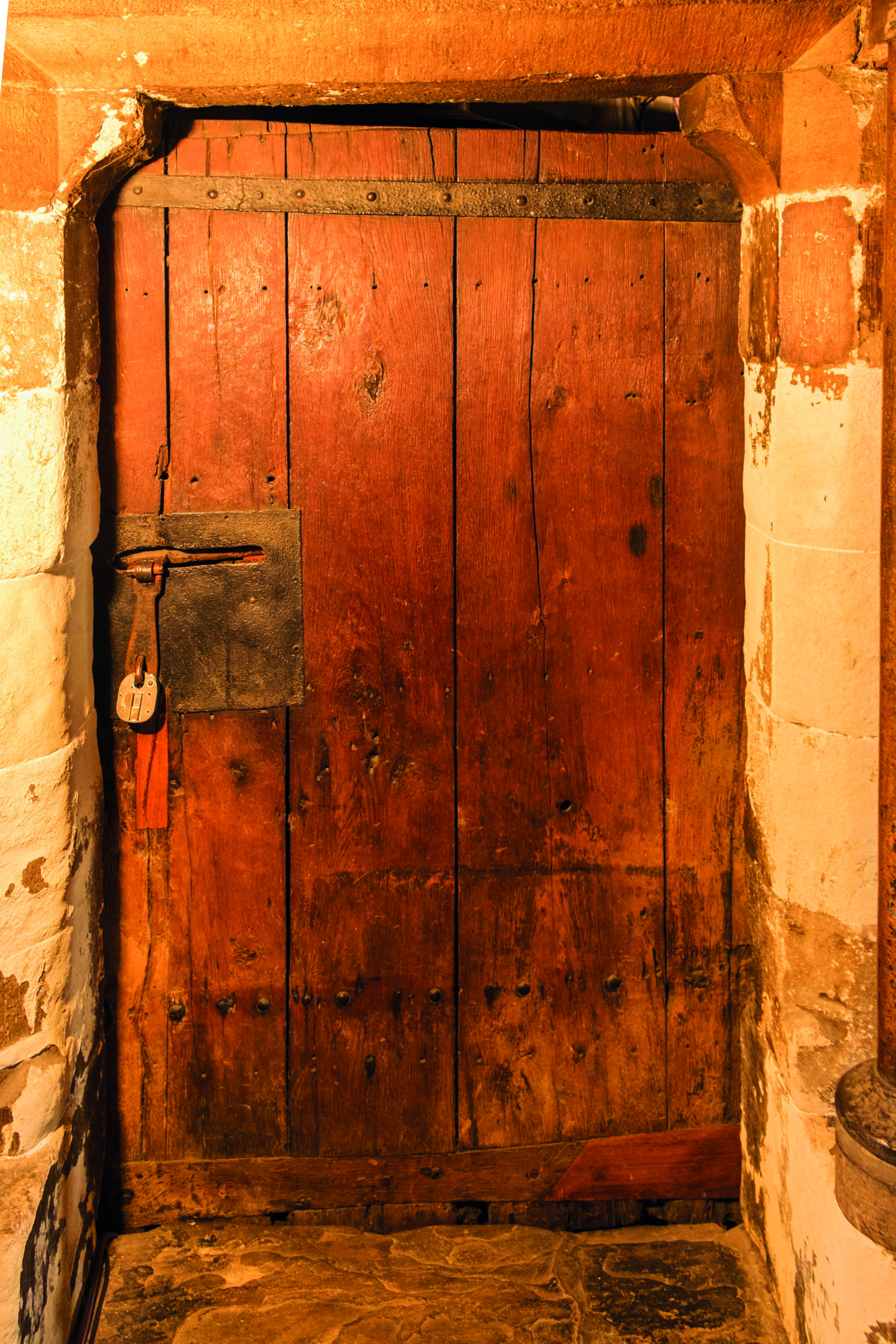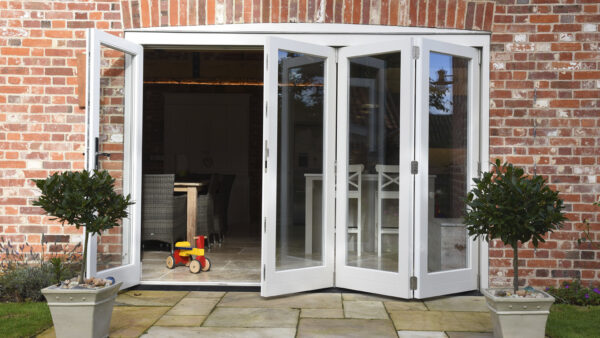In the second of a series on iconic products we feature the door to Chapter House in Westminster Abbey

Britain’s oldest door can be found in Westminster Abbey, in the passage leading to
the Chapter House.
A detailed study of the wooden door, showed that the wood was felled after 1032 AD and was constructed sometime in the 1050s, during the reign of King Edward the Confessor, which makes it not only the oldest in the UK but also the only one assignable to the Anglo Saxon period.
The door is made of five vertical oak planks held together with three horizontal battens and iron straps. Most unusually the battens are recessed into the planks so that the door is flush on both sides. Normally medieval doors have a flat front and the back has projecting ledges and braces. The construction of this door is unique and shows that it was intended to communicate between spaces of equal importance in the Abbey. But its original position is not known. The door has been cut down and now measures 6.5 feet high and four feet wide and leads into a small narrow room. The top was almost certainly round-arched and would have been around nine feet high originally.
Iron hinges
After the planks were fitted together probably both faces were covered with cow hide, added to provide a smooth surface for decoration (no trace of painting remains). Then the ornamental iron hinges and decorative straps were fixed. Only one of the original straps survives today with hide trapped underneath it (on the inner face of the door).
The door was retained when Henry III rebuilt the Abbey and Chapter House from 1245 but cut down to be put in a new position. In the 19th century the fragments of cow hide were first noted and a legend grew up that this skin was human – it was supposed that someone had been caught committing sacrilege or robbery in the church and had been flayed and his skin nailed to this door as a deterrent to others.








